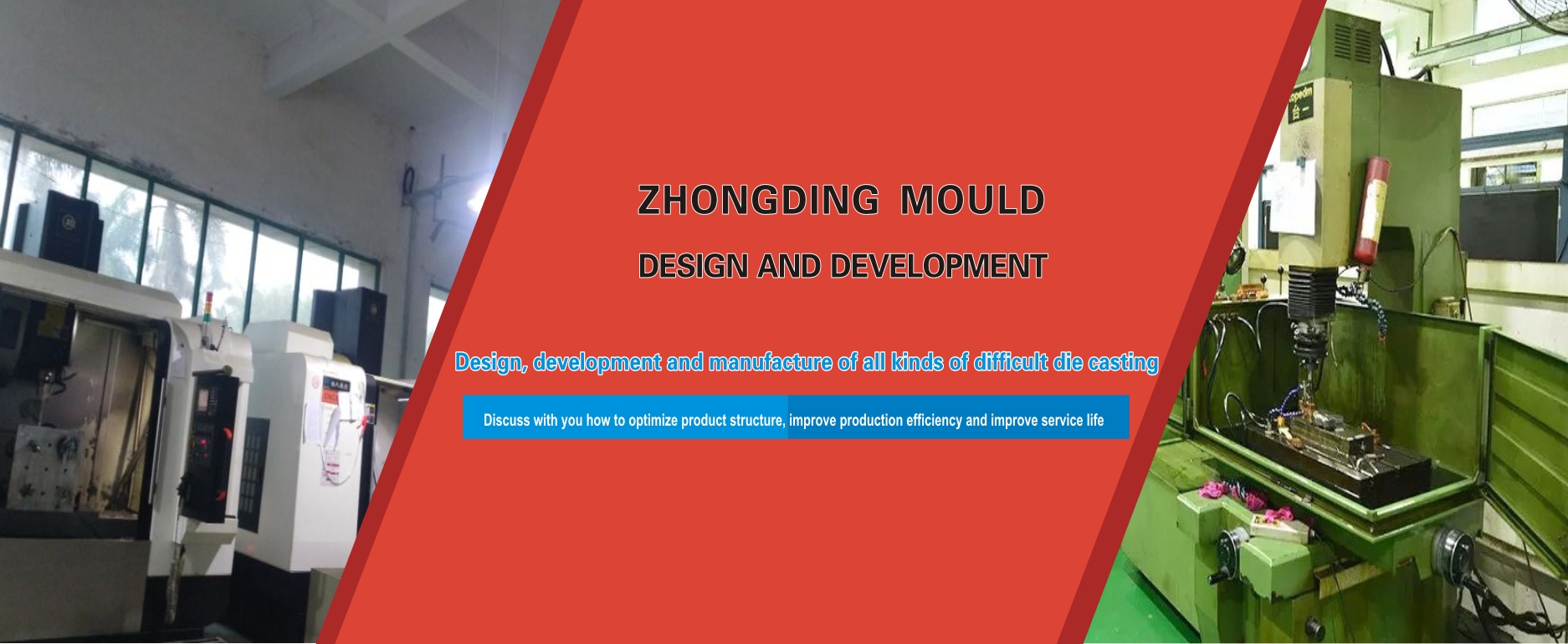How to arrange and implement the design of die casting die for aluminium alloy?
Release time:2019/6/4 1:00:39 | Source of information:Dongguan zhongding precision mould co. LTD
Dongguan Zhongding Precision Die Co., Ltd. is an enterprise specializing in the design and production of zinc alloy die-casting dies, aluminum alloy die-casting dies, magnesium alloy die-casting dies and die-casting products processing. It provides one-stop service from materials, dies, die-casting, post-processing and surface treatment. Provide professional die casting die and product processing services for many top 500 enterprises in the world. Feasibility analysis of die-casting products for die-casting die design of aluminium alloy is carried out. Taking computer case as an example, the product drawings of each component are firstly analyzed by using design software. The set drawings mentioned in our work ensure the correctness of product drawings before die-casting die design. On the other hand, we can be familiar with the importance of each component in the whole case to determine the key dimensions. In this way, it is very useful in die design. The specific method of drawing is not introduced in detail here.
After product analysis, what kind of die-casting die structure should be adopted for product analysis, and the production process should be arranged to determine the punching content of each process, and product development should be carried out by using design software. When product development is carried out, it usually starts from follow-up engineering, such as five steps of a product requirement, and when stamping is completed, it starts from product drawings. From the beginning to the fourth, third, second and first projects, and start a graphics copy and then carry out the work of the previous project, that is, complete the product development work of the fifth project, and then carry out meticulous work.
It will save a lot of time in drawing die-casting die drawings. After determining the stamping content of each project, including in the forming die, the inner and outer lines of product material thickness are retained to determine the size of punch and concave die. The method of product deployment is not described here, and will be introduced in detail in the product deployment method.
Die-casting die material preparation, according to product development drawings for material preparation, in the drawings to determine the size of the template, including the fixed plate, unloading plate, convex and concave die, inserts, etc., pay attention to the direct product development drawings for material preparation, which is of great benefit to drawing die drawings, I have seen many die designers directly on the product development drawings for manual calculation to prepare materials, this method is efficient. It is too low to draw the template specifications and sizes directly on the drawings and express them in the form of group drawings. On the one hand, it can complete the preparation of materials, on the other hand, it saves a lot of work in the work of various parts of the die, because in the work of drawing the components, only need to add positioning, pins, guide posts, screw holes in the spare drawings.
After the material preparation is completed, it can enter the drawing of die casting die completely, make another copy in the drawing of material preparation, and draw the components, such as adding screw holes, guide pillar holes, positioning holes, etc., and piercing holes of various holes in the piercing die which need wire cutting. In the forming die, the forming gap between upper and lower dies must not be forgotten, so the work of the latter product is completed. Die drawing has almost completed 80%. In addition, in the process of drawing die drawing, attention should be paid to: each process, referring to the production, such as benchmarking, wire cutting and other processing processes, has a complete layer, which has great benefits for wire cutting and drawing management, such as color distinction, dimension labeling is also a very important work, but also the most troublesome. Work, because it's a waste of time.
After the above drawings have been completed, it is impossible to distribute the drawings. It is necessary to proofread the die-casting die drawings, assemble all the parts, make different layers for each different die plate, and analyze the die assembly with the same datum, such as guide pillar holes, etc. The product development drawings of each process are inserted into the group drawings to ensure the consistency of the hole positions of each die plate and the up and down of the bending positions. Whether the die clearance matching is correct or not.
 Person:Mr Ye
Person:Mr Ye


